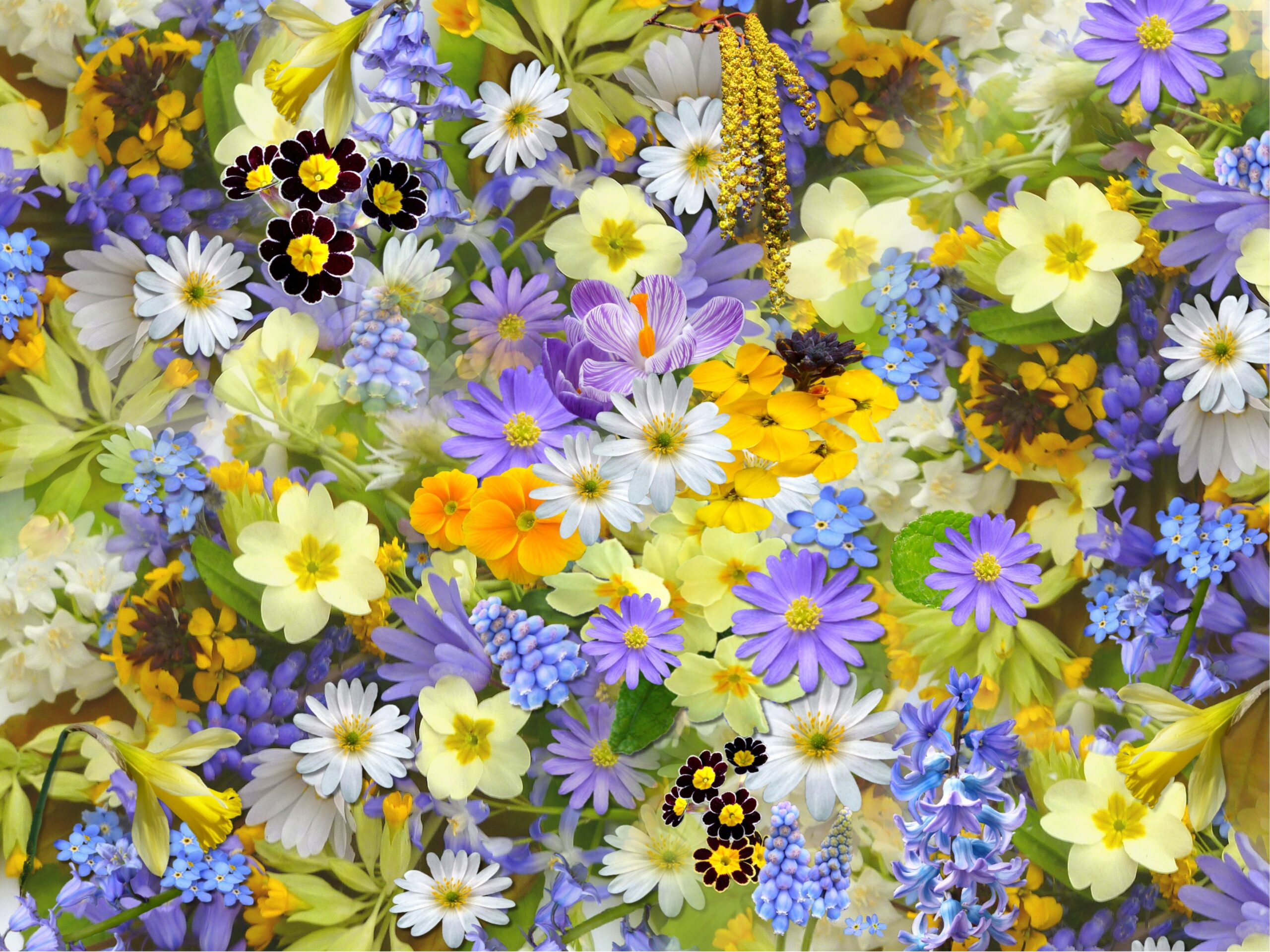Perennials are a great addition to any garden, as they come back year after year, providing color and interest to your landscape. However, in order to keep them healthy and looking their best, they need to be pruned regularly. Here is a guide on how to prune perennials:
- First, it is important to understand when to prune your perennials. The best time to prune most perennials is in the late fall or early spring, before new growth begins. This is because pruning at this time allows the plant to focus its energy on root growth rather than on producing new leaves and flowers.
- When pruning, it is important to remove any dead or damaged leaves, stems, or flowers. This will help to prevent the spread of disease and pests, and will also promote new growth.
- Next, you should cut back any tall or leggy stems to the base of the plant. This will encourage the plant to produce bushier, more compact growth.
- Another important step in pruning perennials is to remove any seed heads. This will prevent the plant from using energy to produce seeds and will instead encourage it to focus on producing new growth.
- When pruning, it is also important to consider the overall shape and size of the plant. Some perennials, such as peonies and daisies, can be cut back quite severely, while others, such as mums and asters, should be pruned more gently.
- After pruning, it’s important to clean up the area around the plant to remove any debris. This will help to prevent the spread of disease and pests, and will also improve the appearance of the garden.
- Another important step is to mulch the perennial bed with a 2-3 inches of mulch, to help retain moisture, moderate soil temperature and also suppress weeds.
- Lastly, you should fertilize your perennials after pruning, to provide them with the necessary nutrients to promote new growth.
In conclusion, pruning perennials is an important part of maintaining a healthy and beautiful garden. By understanding when to prune, what to prune, and how to prune, you can keep your perennials looking their best for years to come. Remember to always prune at the right time, remove any dead or damaged parts, and to consider the overall shape and size of the plant. Fertilize and mulch after pruning for optimal results.

